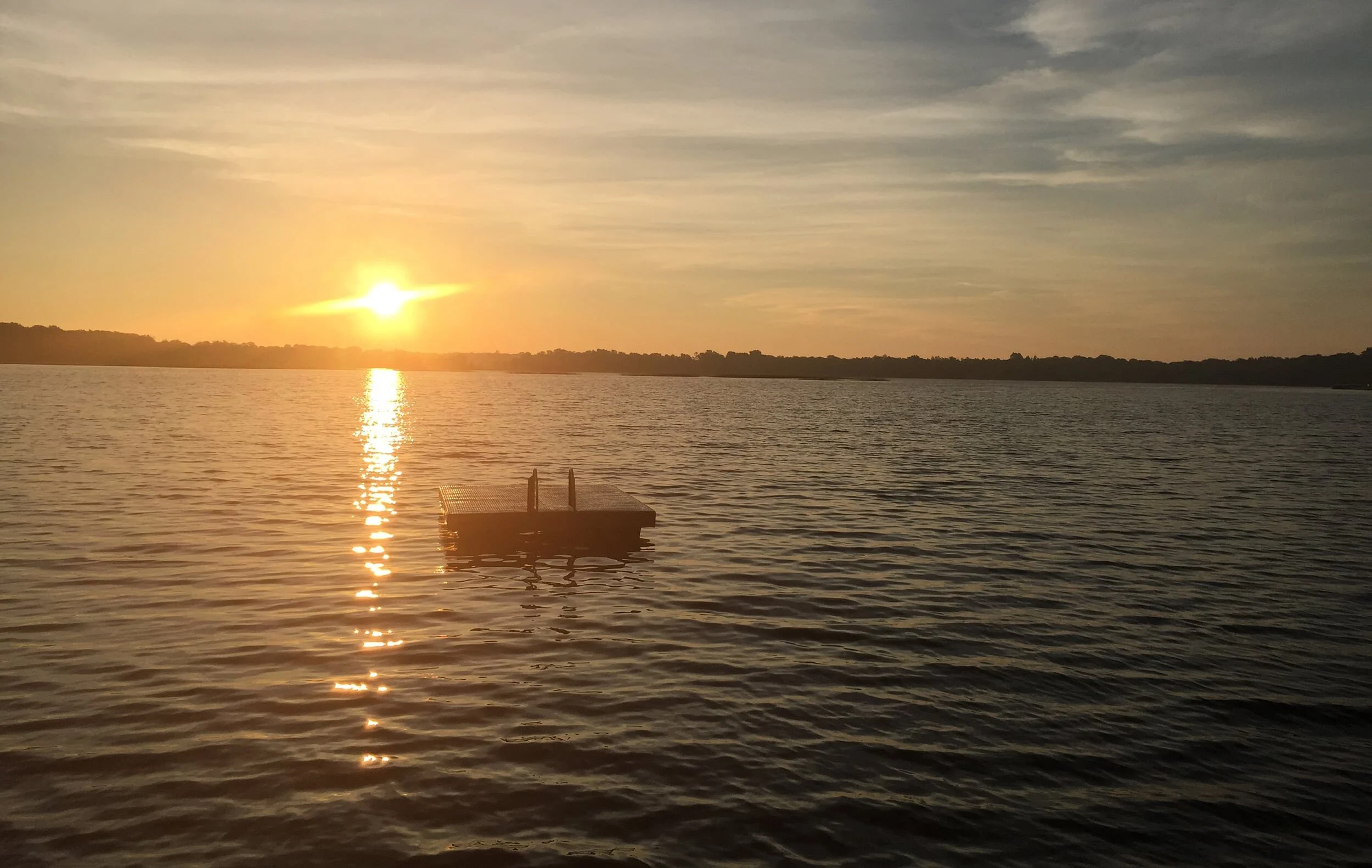
Our efforts began in 2009.
A Brief History of the BMLA
Eurasian Water Milfoil (EWM) was first discovered in BML and reported to the DNR in 2004. In 2009, a few neighbors formed the BMLA and confirmed a rumor of EWM in the lake with the DNR. The few plants found in 2004 had taken hold and 10.5 acres were found and treated with herbicide in 2009. The DNR advised the best that could be done was try to keep navigation and some areas for recreation open. They said the EWM would grow into every area of the lake less than 15 ft deep where the sediment could support its growth. There are 1170 littoral acres (less than 15 ft deep) in BML, so the situation looked dire. The BMLA hired a licensed herbicide applicator for performing herbicide treatments and a consultant to help prepare permit application maps. Unfortunately, the EWM ballooned to 40 acres by late 2013 and 2014.
What did we learn between 2009 and 2014?
THE BEGINNING.
The BMLA became an advocate for the lake in 2009. We attended seminars, read research papers; worked with applicators, consultants, and the DNR; purchased mapping software and sophisticated GPS equipment; and started questioning everything. For several years, the herbicide treatments were not killing the EWM. It was determined that the EWM was only being temporarily suppressed. The BMLA needed to figure out why.
DNR APPROVAL OF SPOT TREATING.
Permission was received from the MN Department of Natural Resources for the BMLA to spot treat EWM in the waters of Big Marine Lake. The licensed applicator was able to treat large, dense EWM areas. However, it was economically unfeasible for them to treat small patches. Our Board President rigged up his pontoon with a liquid herbicide injection system and, with helpers, treated about every small patch that could be found.
To our knowledge, the BMLA was the first lake association in Minnesota to be granted permission by the DNR to spot treat.
EDUCATING OURSELVES.
The major difference between herbicide application on land and in water is that the herbicide dosage is diluted because water moves—wave action, drop-offs, underwater springs, boats, etc. We learned from herbicide product labels and research papers that the herbicide must stay in contact with the plant at a threshold dosage for 18 to 24 hours in order to kill it.
TREATMENT PROTOCOL.
When you have an infection that is treated with antibiotics, the dose is kept high enough for a long enough time by taking several pills a day for a prescribed number of days.
This simple idea lead to the development of a protocol to treat the targeted areas on the calmest possible day in the morning and then again in the late afternoon, just before the usually calm evening and night.
The maximum allowable dose was applied in two doses, the first dose higher than the kill threshold and a second, smaller dose to spike it back up to or above the kill threshold. This showed that EWM could actually be killed. Since that time treatment has evolved to once in a day with the advent of new, improved herbicides.
TRIAL & ERROR.
EWM spreads by rootlets formed in late August which self-fracture, float some distance, and then sink and take root. Single plants or small groupings are always ignored since they are so hard to kill. Why? If the herbicide moves just five or ten feet, the dose at the plant(s) fall below the kill threshold. That led to the idea of injecting herbicide directly into the root balls with a long lance. The DNR was concerned about the safety of the method and the MAISRC (U of M research) had no idea if it would work. The first tests with DNR personnel accompanying a boat the BMLA had rigged up for herbicide spot application were conducted in spring 2017. It worked very well; no dilution occurred. Because it was a more targeted application, less herbicide is needed than when the whole water column is treated. After spending the entire 2017 season refining the equipment and the procedure, we used this method to great effect in 2018. This lance injection of herbicides turned out to be a tedious practice. Now spot treatment with improved herbicides is effective by targeting plants using granular herbicides and/or injecting liquid mixtures into the water column.
AN ONGOING CHALLENGE.
By 2020, the EWM in BML had been reduced to about five acres of dense growth. That was the original goal, but there are still too many small spots, that if not killed, could blossom and spread … and set us back.
A new herbicide called Procellacor (reputed to work far better than existing product in small spots) was used in 2019. The opinion was that if it worked as anticipated, long term reduction to under five acres might be feasible.
Unfortunately, clear ice in December, 2020 contributed to growth of EWM in the winter months and caused a resurgence of EWM to around 30 acres in summer, 2021.
Do you love Big Marine Lake? Please consider donating to BML and help us protect it. Also, please consider donating to Minnesota Lakes and Rivers Advocates.